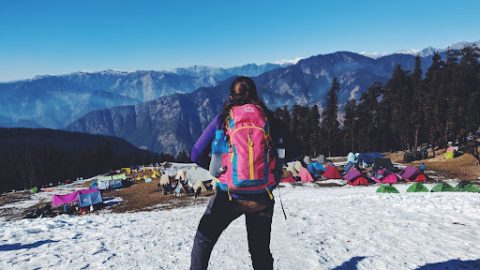Varicose veins in their later stages have obvious symptoms; for example, twisted veins, bluish cords, spider veins, swollen patches of blood, or bulging beneath the skin. In the United States alone, 23% of the citizens have varicose vein disease or varicosity. The biggest challenge is to spot vein disease before it progresses to a critical condition.
Most people check themselves for varicose veins only through casual visual examination. Seeing unblemished skin, they conclude that they have no vein-related health issues. However, vein disease is usually not seen in its early stages, so issues may still be lurking under the surface.

Felt, but Not Seen
The early stages of vein disease are often not visible through the skin, and produce symptoms that some healthcare professionals may misdiagnose as another condition. However, if you experience any of the following symptoms, consider vein disease testing:
- A mild pain in the pelvis area. People who have pelvic congestion syndrome experience pain because of the dilated veins inside the pelvis. Sometimes, the vulva area veins have problems too leading to the pelvis pain, but you cannot see the swollen veins.
- Heaviness, tiredness, and lethargic feeling in your lower limbs.
- Cramping of your legs. You are likely to think that cramping is a symptom of aging, muscle fatigue, weight matters, dermatological or neurological issue, or diabetes. However, this can be a first sign of vein disease.
- Prolonged pain in the legs. When you experience aching on the legs, you will need an examination to rule out varicosity.
- Itching and burning in your legs that make you uncomfortable.
- Leg restlessness. When you have varicose veins, your valves can fail to work properly. Blood will pool in your veins, and you can have muscle problems, causing restless legs.
Treatment for Varicose Veins
Initially after the diagnosis your doctor may prescribe compression stockings to wear for the next six months, as well as exercise to stimulate blood flow in your legs. They will also likely recommend that you keep your legs elevated while sitting and laying down — this helps prevent blood from pooling in your legs during periods of inactivity.
If the pain in your legs continues, further treatment by professionals at a vein center may be needed, such as:
- sclerotherapy, which uses a special foam in a vein closing procedure
- endothermal ablation, or the use of heat to seal the varicose veins
- stripping and ligation, or the surgical removal of diseased veins
Varicose veins have a genetic component, so if your family has a history of varicose veins, take action sooner rather than later. Even if you can’t see anything, healthcare professionals can use ultrasound to determine the condition of your veins.


